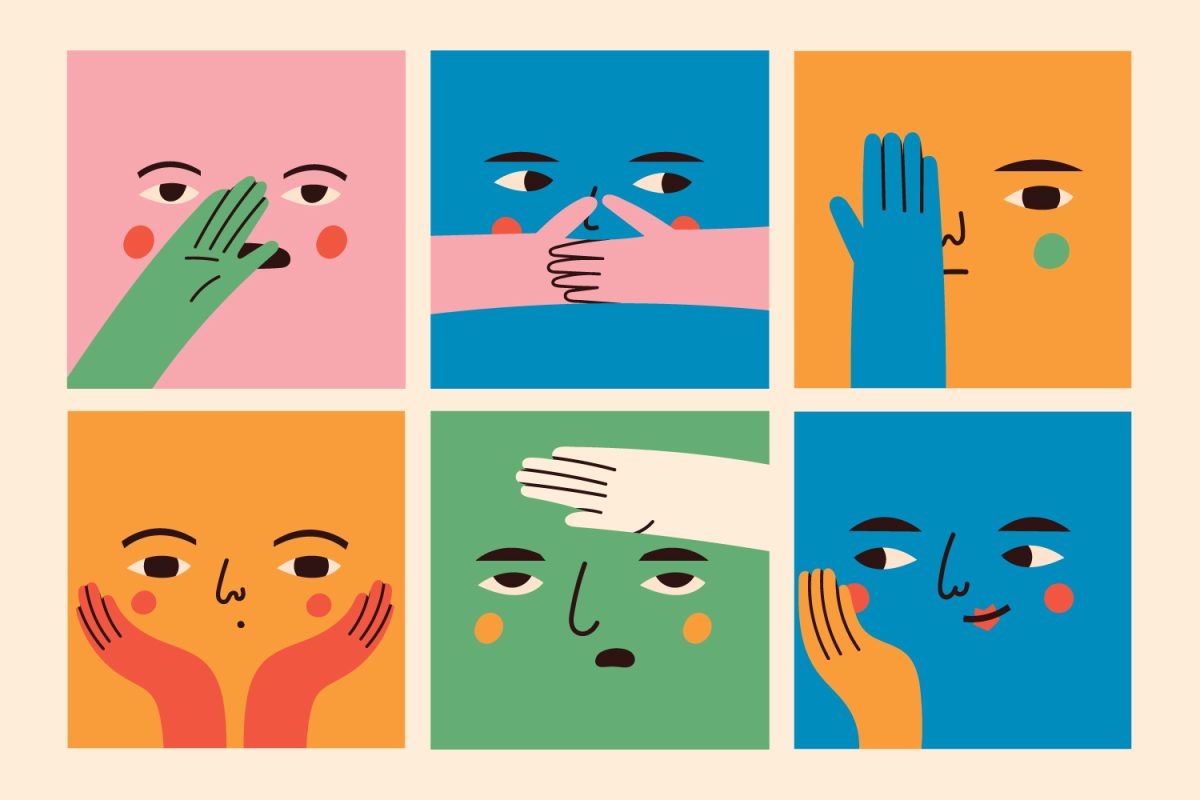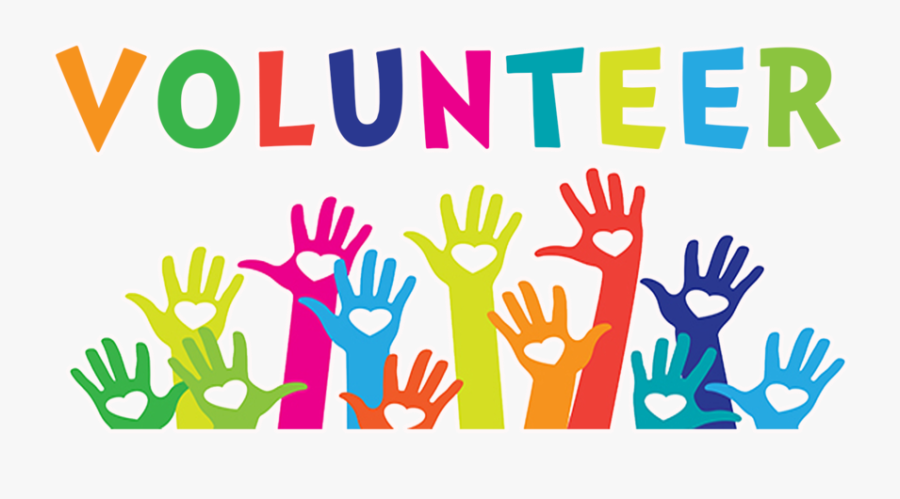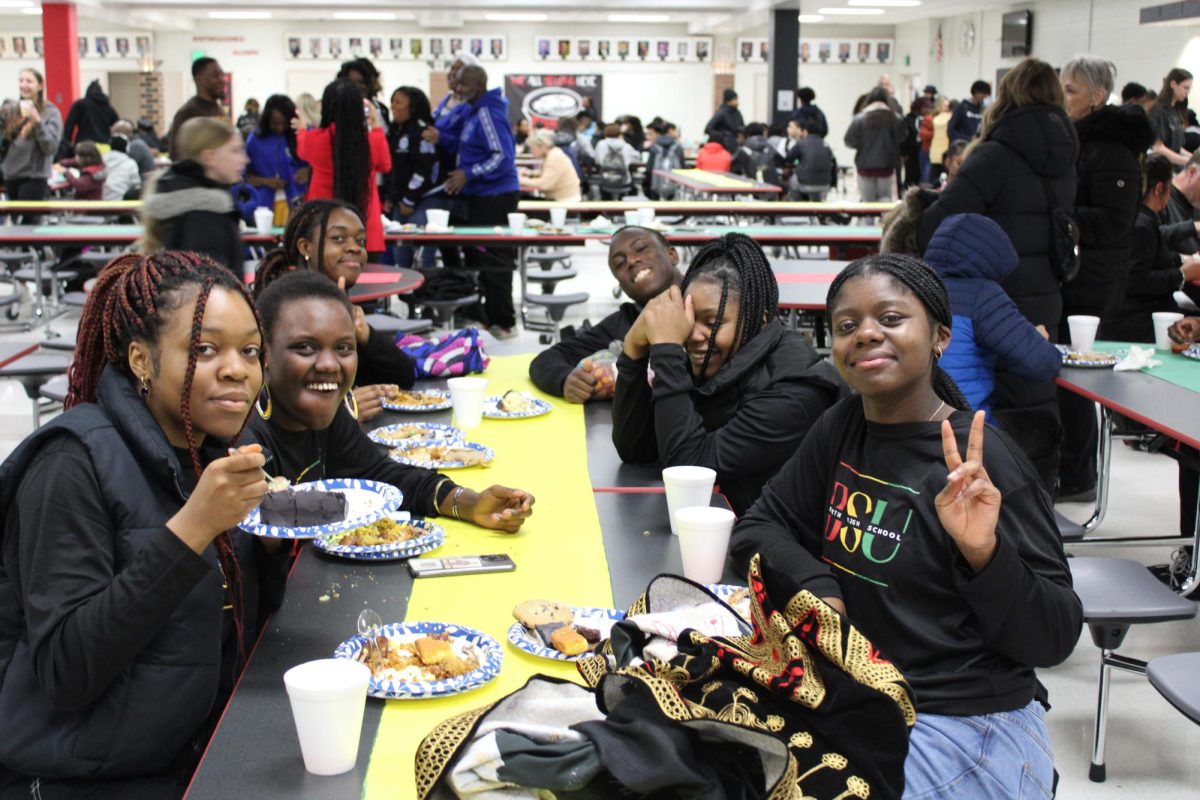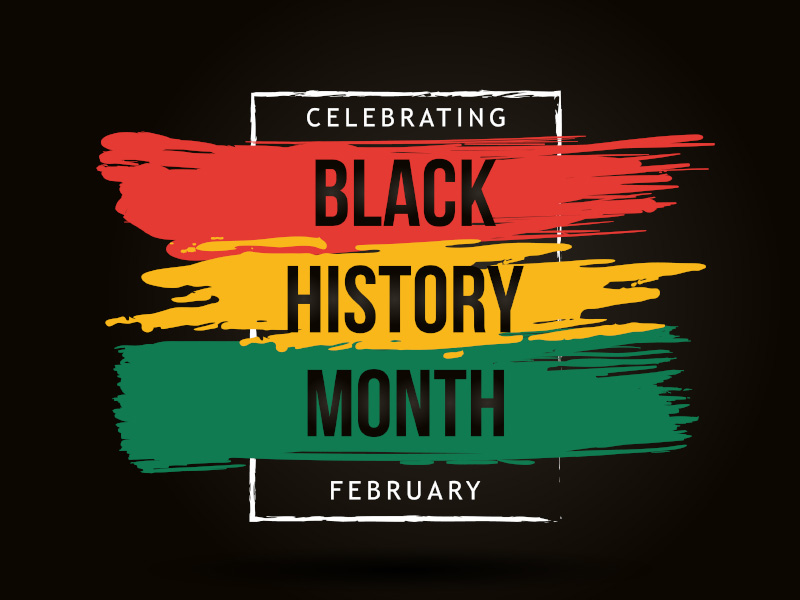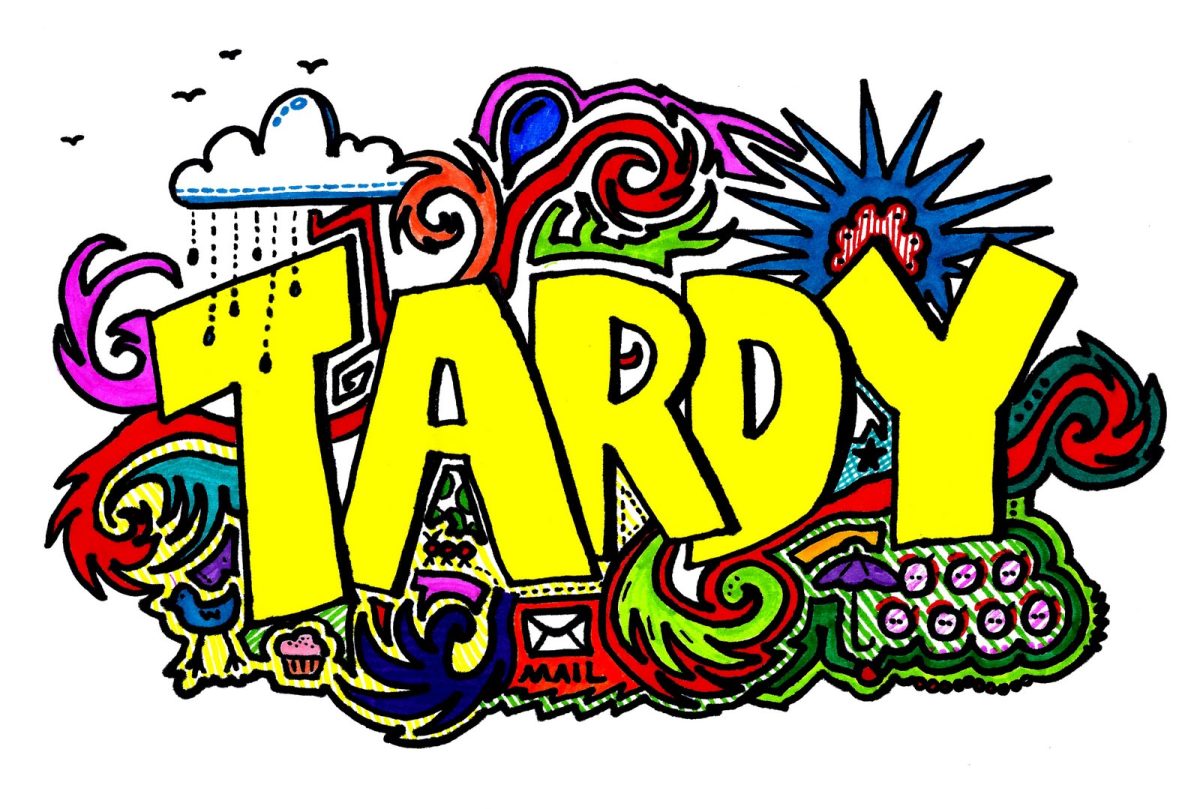In our modern age, there are many ways to communicate with others – whether it’s phone calls, text messages, emails, videos or even written letters. Technology has made it easier to express your thoughts and feelings to others around the world using the internet, but since the beginning of humanity nonverbal communication has been the core way we understand one another.
Nonverbal communication is the exchange of messages between animals, or humans, using strictly body language. “Body language is the use of physical behavior, expressions, and mannerisms to communicate nonverbally, often done instinctively rather than consciously,” states Helpguide.org, a trusted site for personal health and mental wellbeing information.
Whether you notice or not, you use non-verbal communication just as much as you talk. According to Lifesize.com “most experts agree that 70 to 93 percent of all communication is nonverbal.” This statistic shows how significant non-verbal communication is to your everyday life. Expressions through body language can include your eyes, facial expressions, postures and even motions and gestures.
Believe it or not, you can find a lot of information about a person just by looking at their eyes. We use our eyes to communicate in many different ways such as crying, side eyes and eye contact. Eye contact can mean multiple things depending on the person and situation. It can indicate interest, bitterness, devotion or even attraction. But eye contact is not the only way eyes give off signals; when a person slightly looks up can mean that they are thinking. When a person is excited they tend to flutter and expand their eyes. Pupils also give out clues – our pupils change size due to light sources and emotional reactions at certain moments. When pupils dilate this can specify a person is happy or even aroused.
Facial expressions are a common way for people to get their feelings understood. Study.com states that “Facial expressions are important in the communication process as they help reinforce a positive or negative view of a message, help the sender reinforce the message being sent, and help the receiver understand the message being received.” Examples of this are when babies scrunch their face up when something is nasty, or when someone is mad they clench their jaw, furrow their eyebrows and flare their nostrils. Expressions can keep you aware and spot things that if only talking to someone you would miss. When someone is lying they give clues through expressions such as sweating, excessive blinking or squinting, hard swallowing and licking and biting of the lips.
Body postures can give valuable information on how a person is feeling or even their personality traits. Posture can point out those who may be confident, aroused or even nervous. Researchers at the London image institute affirm that “standing or sitting straight with your shoulders back and your head held up, nonverbally reflects your confidence. It doesn’t matter how tall you are, when your posture is straight and aligned, instead of shoulders slumped and head down, you will appear in control and confident.“
Posture can also indicate a person who is aroused or attracted. Have you ever wondered if someone likes you? Well studies show that those who are attracted are more likely to lean in, turn their whole body towards you, tilt their head as you speak and passively or playfully want to touch your arm, back, shoulders and hands. There are multiple signs to tell when a person is nervous. One who is nervous is stiff and tense, they raise their shoulders high and tight, uncross their arms, open their palms and look around excessively. When a person is nervous they tend to condense themselves by slouching, holding their head down and locking their knees.
A gesture is a movement of part of the body, especially a hand or the head, to express an idea or meaning. Gestures are known and understood but differ with regions and cultures, they are used in everyday life. Some examples of common gestures are when a driver waves you to show you can cross the street or even sticking up the middle finger to someone you despise. Linkedin explains the importance of gestures: “they clarify and support your words. Gestures strengthen the audience’s understanding of your verbal message. Gestures dramatize your ideas. Together with what you say, hand and arm movements, as well as moving around the space, help paint vivid pictures in your listeners minds.” Gestures make it simple to get your idea across like Waving your hand indicates “hello ” or “goodbye.” A head nod means “yes,” whereas shaking your head side-to-side means “no.” Putting a raised finger to your lips tells others to “be quiet.”
Words from our mouths are just one small way that we communicate to each other as humans. All of these various modes of nonverbal communication help us more deeply understand each other, if we only pay attention.



